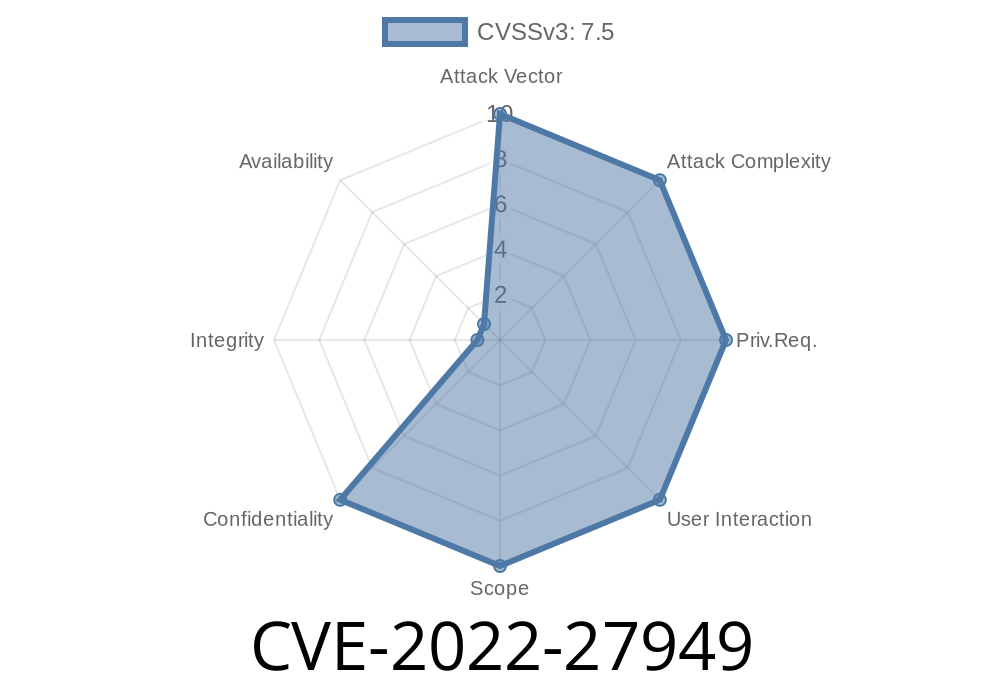A recent vulnerability affecting Apache Airflow, tracked as CVE-2022-27949, exposes secrets in the platform's UI component. Apache Airflow is widely used for building, scheduling, and monitoring workflows and data pipelines. This vulnerability allows an attacker to view sensitive information in the form of unmasked secrets within rendered template values for tasks not executed.
Who is affected? Users of Apache Airflow versions prior to 2.3.1 should take immediate action to mitigate the risk. In this post, we'll explore the details of CVE-2022-27949, including code snippets, links to original references, and guidance for addressing the issue.
The Vulnerability Explained
Airflow uses a templating engine called Jinja which masks secrets in logs and UI by default. However, this vulnerability exposes unmasked secrets when task instances aren't executed due to their dependency on past and previously failed instances. This means that sensitive information becomes readily accessible to an attacker with access to the platform's UI.
The vulnerability occurs within the _render_template function in the taskinstance.py file. Here's a code snippet illustrating the issue:
def _render_template(self, content, context):
...
try:
JinjaEnvironment = jinja2.sandbox.SandboxedEnvironment
# ...
env = JinjaEnvironment(
# ...
finalize=bleach.clean,
)
except Exception as e:
self.log.exception("Failed to create Jinja environment.")
raise AirflowException(str(e))
Due to this issue, the secrets are visible in the UI for task instances that weren't executed, exposing sensitive information to unauthorized users.
For more details about CVE-2022-27949, check the following resources
- CVE Details
- Apache Airflow Changelog
These resources contain technical information related to the vulnerability, including a detailed explanation of the issue, as well as its severity and impact.
Exploitation Details
To exploit this vulnerability, an attacker would need access to the Apache Airflow UI. While this attack vector may seem limited, it's important to remember that a successful attacker may still view sensitive information such as API keys, credentials, and other secrets that could lead to further exploitation.
Airflow users should take the following steps to remediate the vulnerability
1. Update Apache Airflow to version 2.3.1 or later, as this release contains a patch for the vulnerability.
2. Review the platform's access controls, ensuring that only authorized users can gain access to the UI.
Regularly audit Airflow logs and monitor for suspicious activity.
By taking these steps, you can reduce the likelihood of a successful attack and better protect your sensitive information.
Conclusion
CVE-2022-27949 is a significant vulnerability in the UI of Apache Airflow, affecting versions prior to 2.3.1. Apache Airflow users should take immediate action to mitigate the risk and protect sensitive information visible within rendered template values for tasks not executed. By understanding this vulnerability, staying informed of further developments, and following best practices for securing your deployment, you can better safeguard your data pipeline workflows.
Timeline
Published on: 11/14/2022 10:15:00 UTC
Last modified on: 11/16/2022 18:52:00 UTC
